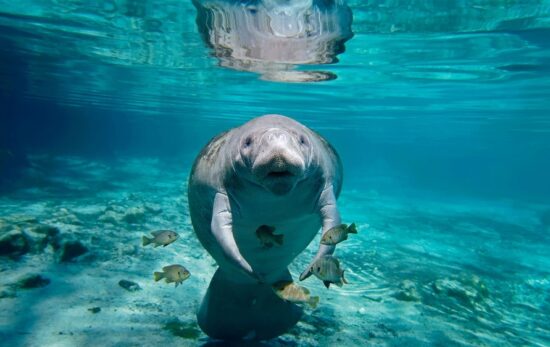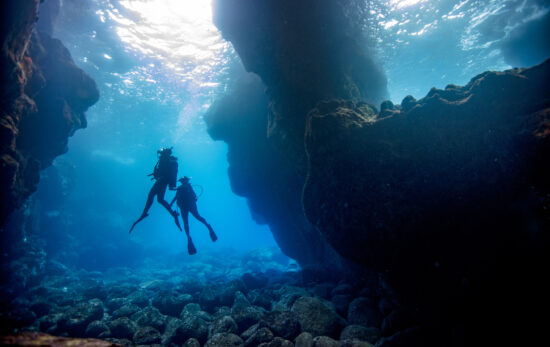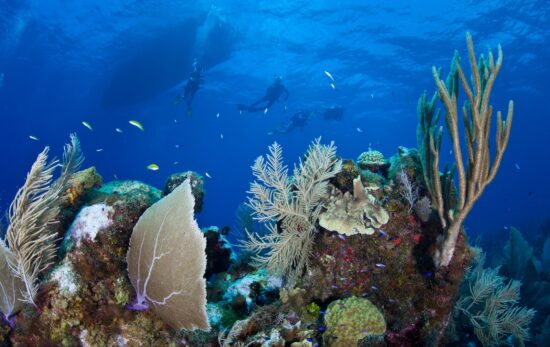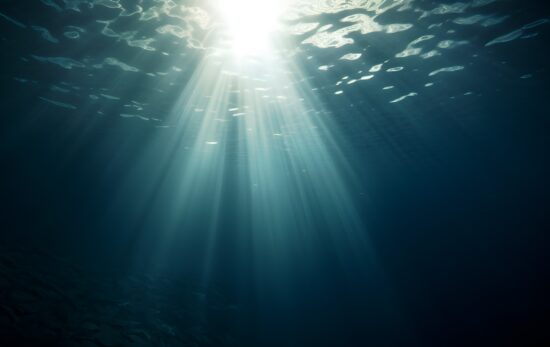As a core component of PADI’s Conservation Strategy, we commit to “Protect 30% of the ocean through partner collaboration and Adopt the Blue Program”. To do so, we aim to create a global network of diver protected dive sites that can support the global effort to create significantly more marine protected areas (MPAs).
Marine protected areas, or MPAs, are a conservation strategy that has been used to preserve marine ecosystems for decades. They are areas of water where human activity is restricted in order to protect the biodiversity and ecosystem health of the area.
The effectiveness of MPAs varies depending on the size of the area and how well they’re enforced. In some cases, they have been shown to have a positive effect on local fish populations and coral reef health. However, an MPA doesn’t ensure that there will be no damage—in fact, in some cases it can lead to more damage because people who don’t know about it still go into the area.
PADI is using this strategy as part of its commitment to protecting our oceans through educating divers about the importance of these underwater ecosystems and encouraging them to get involved with conservation efforts.
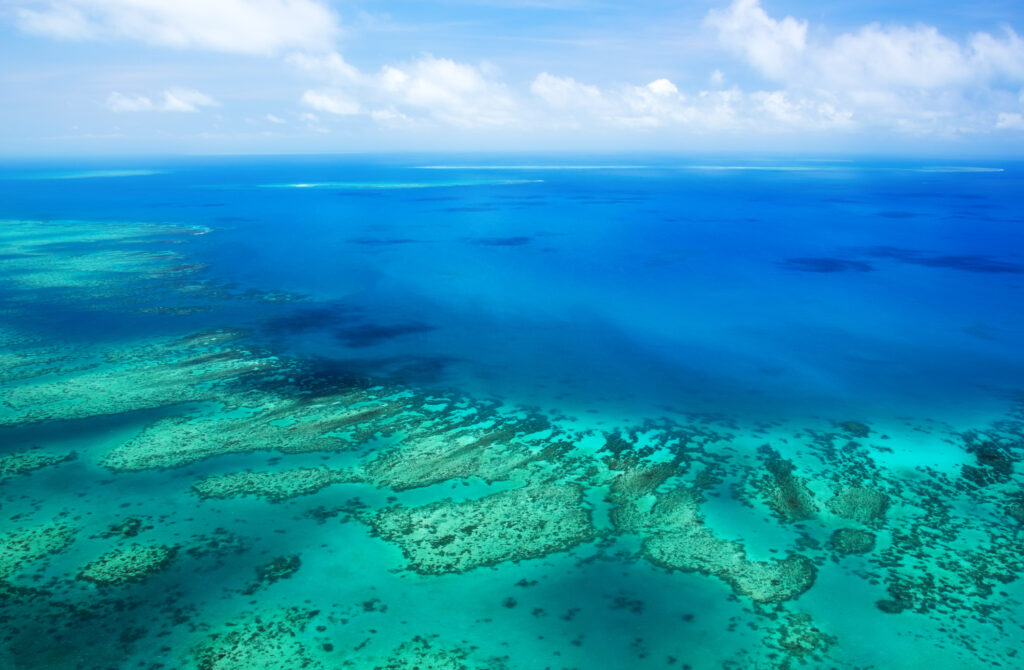
But what actually are marine protected areas and how do they work?
Intuitively, most people would likely be able to describe the general function of a Marine Protected Area, or MPA; that is, an area of sea or ocean in which certain damaging activities are restricted to maintain the function of the area. However, beyond that, the nuance of rules in different types of MPAs can become more confusing.
The function of an MPA may depend on why it has been protected. MPAs may protect valuable ecosystems, such as the mangrove habitats at Sian Ka’an, Mexico. This has the knock-on effect of helping maintain biodiversity, protecting sites for scientific study and increasing long term resource sustainability; in Sian Ka’an, the protected area helps support fishing cooperatives marketing sustainably caught lobsters.
Some MPAs are restrictive, meaning human activity is prohibited, while some may just limit certain activities or catch numbers. Most are multi-use, allowing people to utilize these spaces including recreational divers enjoying wildlife enhanced by MPAs. Many of these cover popular dive spots including the Great Barrier Reef. As well as maintaining key ecosystems and therefore providing a beautiful setting for dives, MPAs are extremely important when we consider carbon capture capabilities of the ocean.
Furthermore, MPAs attempt to combat low fish stock levels in the sea, an issue caused by climate change and overfishing. However, only 0.2% of the 1-2% of protected areas are ‘no-take’ zones. For example, one MPA off the Cornish coast, South West Deeps (East), has been industrially fished for almost 20,000 hours. Despite sometimes relocating rather than removing fishing pressure, MPAs generally are proven to have a spillover effect, meaning they improve fish stocks beyond their boundaries.
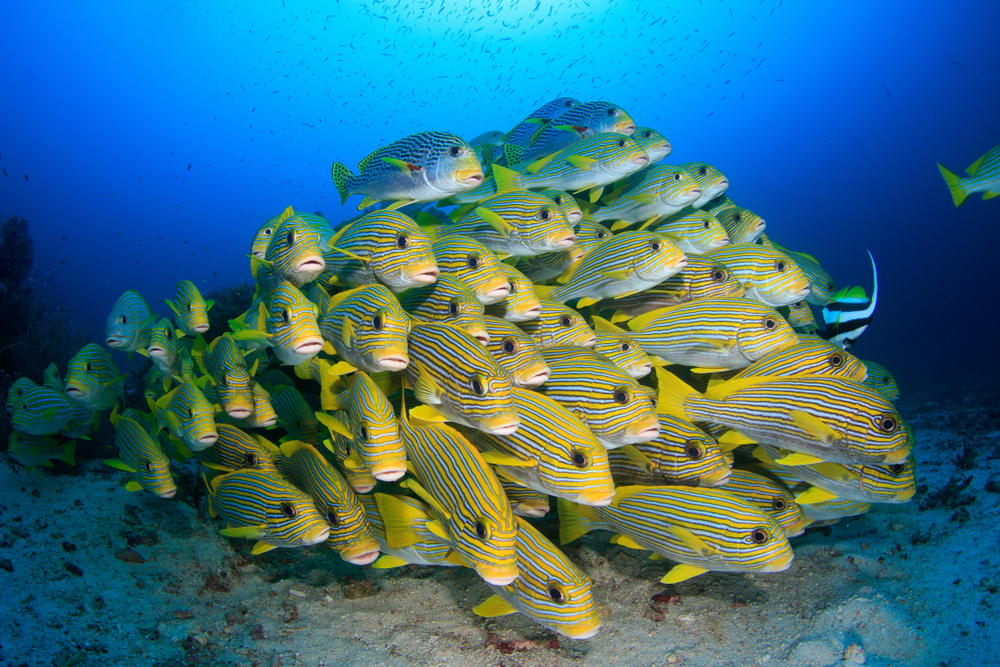
So how can the effectiveness of marine protected areas be improved?
Managing and monitoring these large areas is a monumental task, meaning commercial fishing violations are fairly widespread. MPAs with adequate staffing perform almost 3 times better than those without, but even famous protected spots have experienced difficulties: for example, numbers of Grey Reef Shark in Australia’s Great Barrier Reef Marine Park have dropped largely due to illegal fishing. More effective MPAs help by alleviating the problems associated with fishing, such as plastic waste and destructive bottom trawling.
MPAs are complex systems and to work effectively, MPAs need firstly to be big enough. As sizes vary from 139,797 square miles to 17 square meters, inconsistent sizing may limit the effectiveness of MPAs, so increasing the size of new and current areas may increase the benefits reaped from them. They must also be representative of different species to maintain biodiversity. MPAs work best when they are numerous, actively protected and are geographically close enough, as exhibited in the UK’s ‘Blue Belt.’ Generally, more and larger parks with greater levels of protection will help improve MPA effectiveness.

How is PADI committed to creating Marine Protected Areas?
PADI is committed to protecting 30% of the ocean by 2030. Through PADI AWARE’s ADOPT THE BLUE program, we aim to create the world’s largest network of underwater sites for conservation action. Each PADI Dive Center, Resort or Professional can “adopt” a local site, sharing information about the ecosystem, challenges faced and committing to fins-on action when required.
Not only can this network act as a global map highlighting areas of opportunity for restorative action (that recreational divers can engage with as citizen scientists), but it can also form the basis of nationally protected sites.
Drawing on PADI AWARE’s decades of success and experience in shark and ray conservation policy, we aim to highlight this network of diver-protected sites to decision makers globally, acting as the voice of the diving community and advocating for legal recognition of MPA status. By 2025, we aim to have 10,000 sites as part of the ADOPT THE BLUE Network. Learn more here. Individually, PADI encourages all recreational divers to engage in conservation at every opportunity, participating in underwater citizen science, advocating local government and volunteering for conservation events. To learn more about how you can make a difference, become an Ocean Torchbearer today and find out how you can take action.
Article written by Emily Cowell
